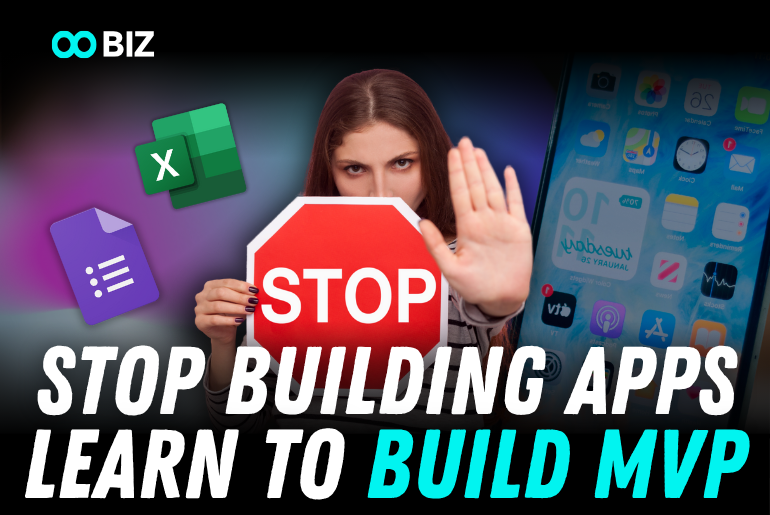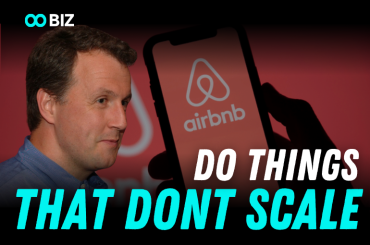In the Malaysian startup scene, I often hear a common phrase, and quite a few people approach me for collaboration, presenting grand visions and appealing project prospects, asking for technical equity to develop an app. This is the classic mistake made by novice entrepreneurs: everything is ready, the idea is in place, all that’s missing is a programmer and an app.
The standard outcome of this scenario is, naturally, that once the app is built, no one uses it, and it becomes a “zombie app.” The reason is simple: you started enthusiastically without truly understanding user needs. You are now “syok sendiri”.
In the startup world, a core concept is MVP (Minimum Viable Product).
What is an MVP?
Simply put, an MVP is the most distilled core version of your product. It contains only the minimal features necessary to validate your fundamental hypothesis. The purpose of an MVP is not perfection; it is speed. By quickly launching your idea to the market, you can ascertain if users genuinely need it and if they are willing to pay for it.
Many mistakenly believe an MVP must be a meticulously designed website or a sophisticated application. However, Paul Graham (co-founder of Y Combinator) famously stated that early-stage startups should “Do Things That Don’t Scale.” Applied to the MVP, this principle suggests your product can be exceedingly simple, even appearing somewhat “crude.”
Why Your MVP Can Be Extremely Simple
Crucially, your very first MVP does not require any website, any professional logo, or even a single line of code.
Indeed, all you might need are:
- A Google Form: To collect user needs, information, or to simulate your core service process.
- An Excel Sheet: To organize and analyze the data gathered from the Google Form, and to manage your users or orders.
For instance:
- If you plan to offer a customized healthy meal delivery service, your MVP does not need to be a complex ordering website. You can use a Google Form for users to enter their dietary preferences, delivery address, and desired meal types. Subsequently, you record this information in an Excel sheet and manually arrange for the chef and delivery.
- If you intend to provide a niche industry report, your MVP does not require a paid membership system. You can create a Google Form inviting interested individuals to pre-order the report by leaving their email. If a certain number is reached, it indicates market demand, and you can then proceed to write and even manually send out the report.
The Core Advantages of an MVP
The advantages of this “ultra-simple MVP” include:
- Speed: It can be launched within days or even hours.
- Low Cost: Virtually zero cost, requiring only your time and creativity.
- Low Risk: If market reception is unfavorable, you can quickly adjust your direction, minimizing losses.
- Authentic Validation: Most importantly, you can directly interact with users, obtain genuine feedback, and validate whether your product truly meets market needs.
Classic Examples: From Humble Beginnings to Industry Giants
Here are a few classic examples. Many tech giants you know today started with MVPs far simpler—even clunkier—than you might imagine:
- Airbnb: Before becoming a global hospitality leader, the founders, needing to pay rent, simply took a few photos of their spare rooms, put them on a basic webpage for rent, and manually served their first few guests. Their initial validation was simply seeing if people were willing to stay in strangers’ homes and completing transactions in the most basic way. They completely avoided investing heavily in development from the start.
- Dropbox: To validate user demand for cloud storage synchronization, the founders did not immediately embark on developing a complex product. They simply created a concise video demonstrating their product concept and features, then posted it online. This video generated significant user interest and sign-ups, thus validating the enormous market demand before they began developing the full product.
- Zappos (acquired by Amazon): The founder, aiming to validate the feasibility of selling shoes online, did not first build large warehouses or complex logistics systems. Instead, he simply walked into local shoe stores, took photos of shoes, and then uploaded those photos to his website. When a customer placed an order, he would personally go to the shoe store, purchase that exact pair, and then mail it to the customer. This “manual” approach validated the market for online shoe sales.
These cases all demonstrate that the core is not a perfect product, but rather the rapid validation of user needs.
Start building your MVP.





